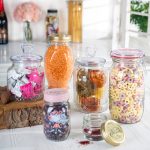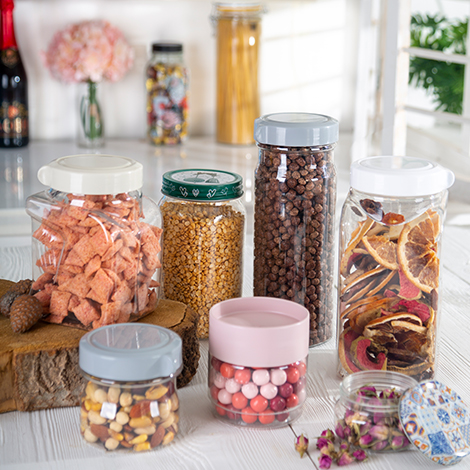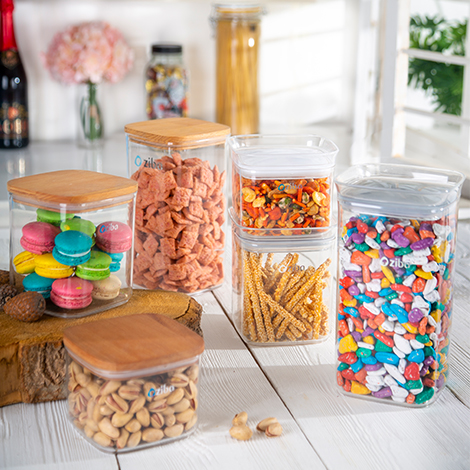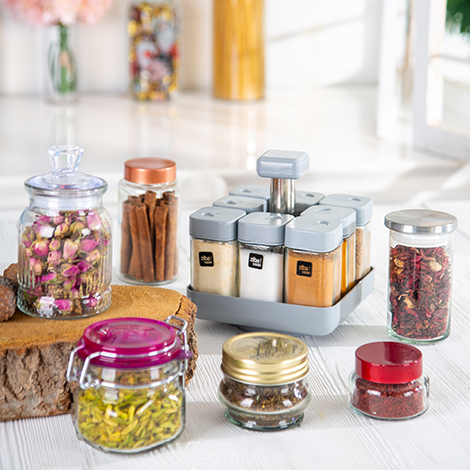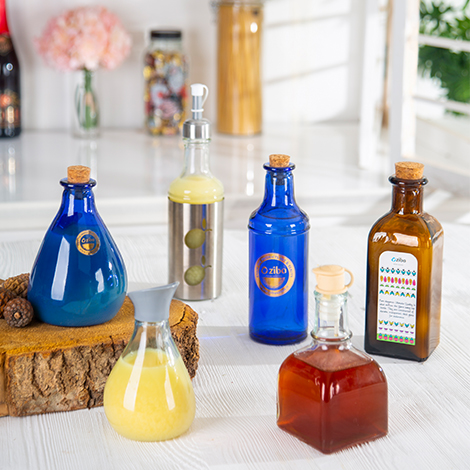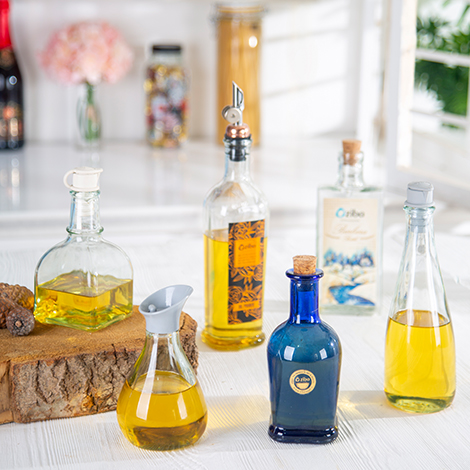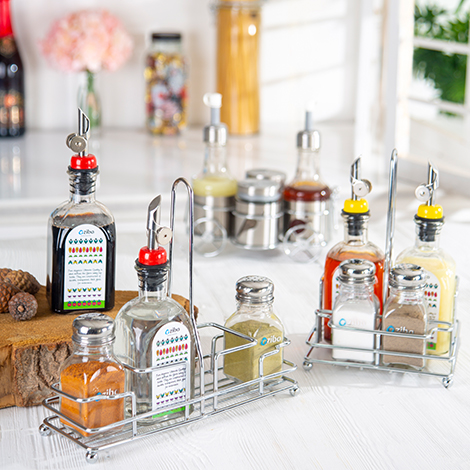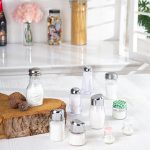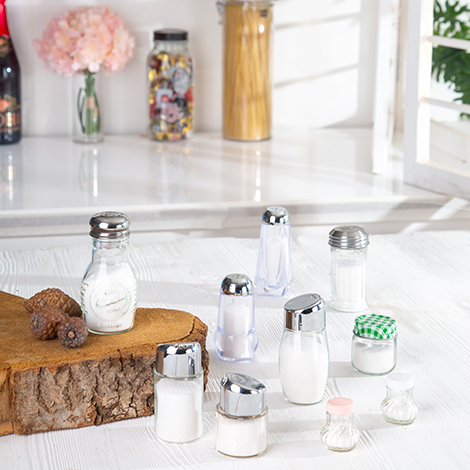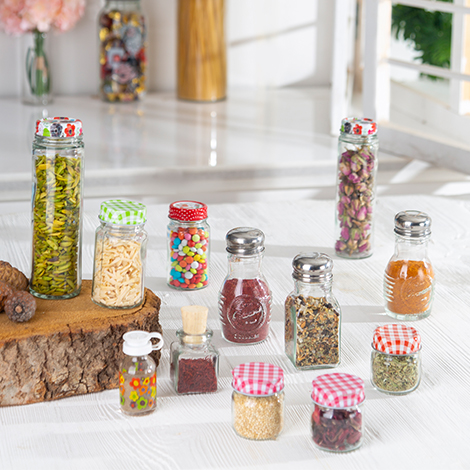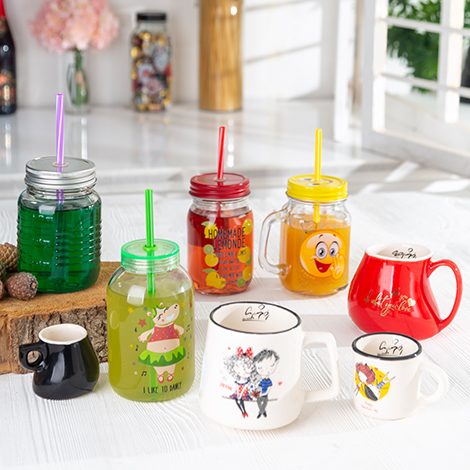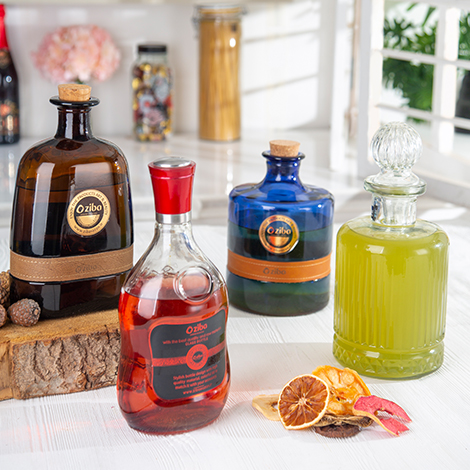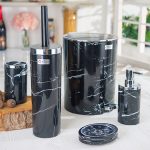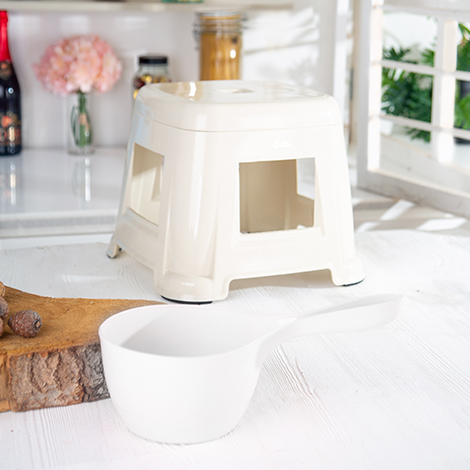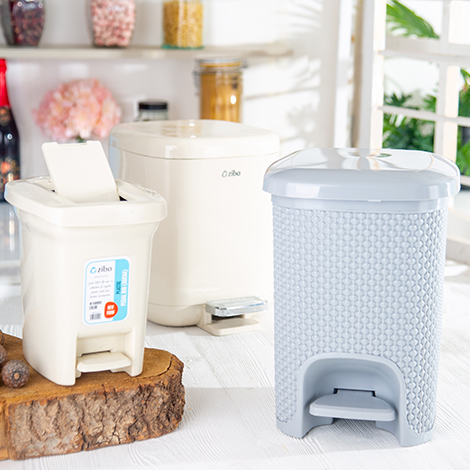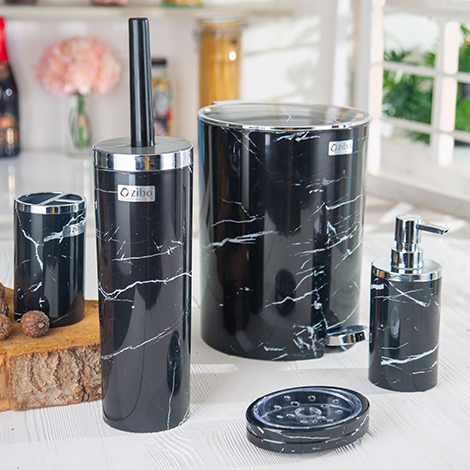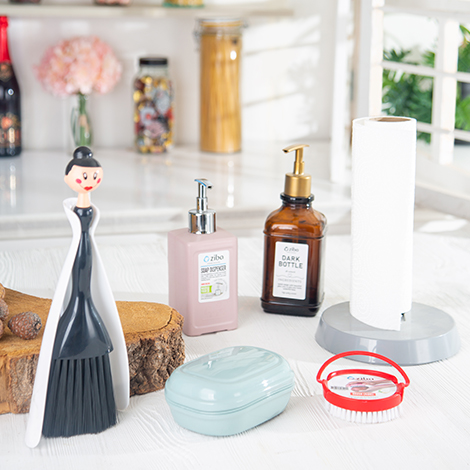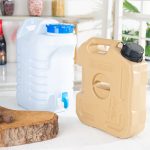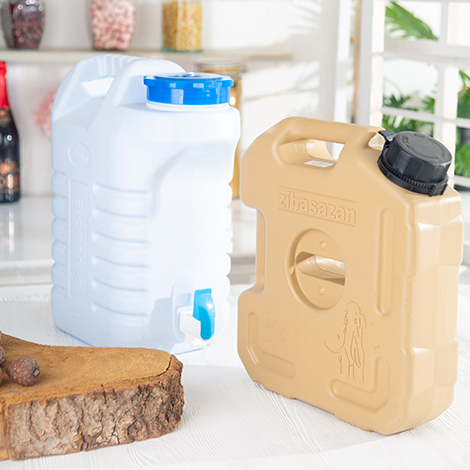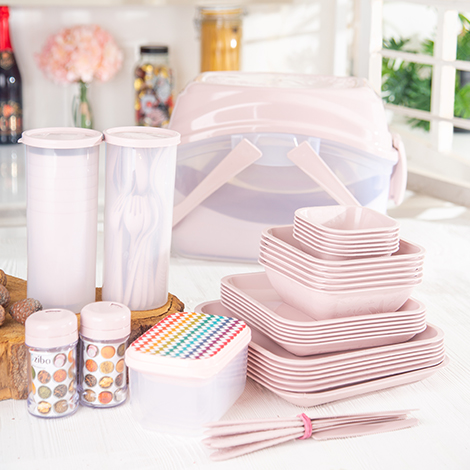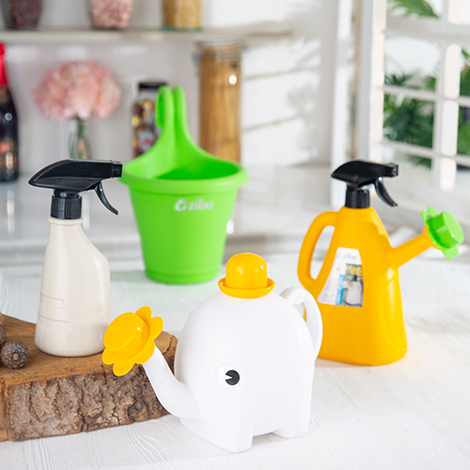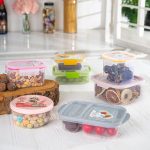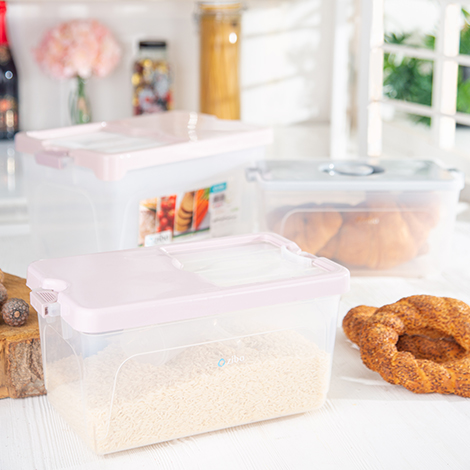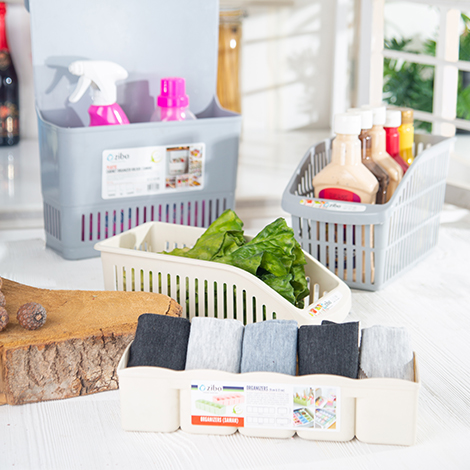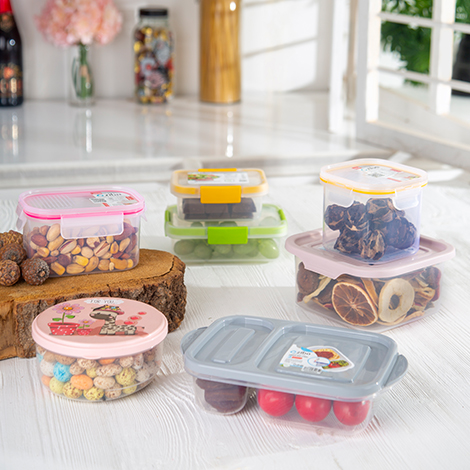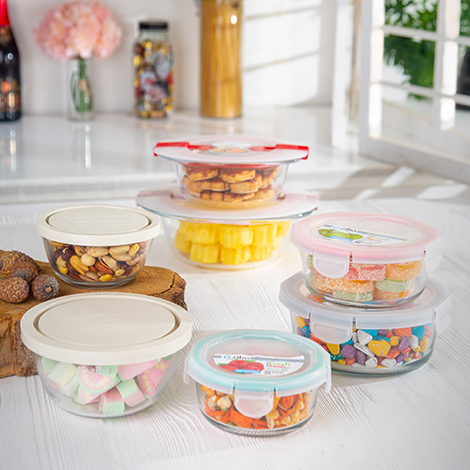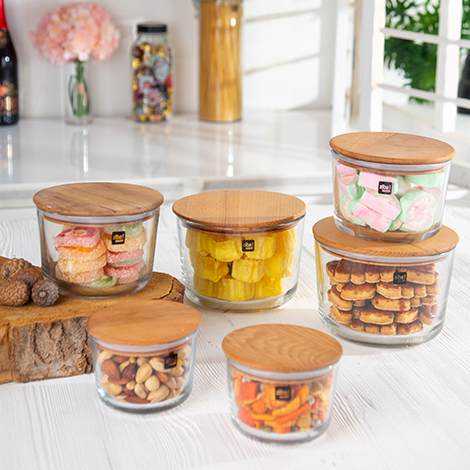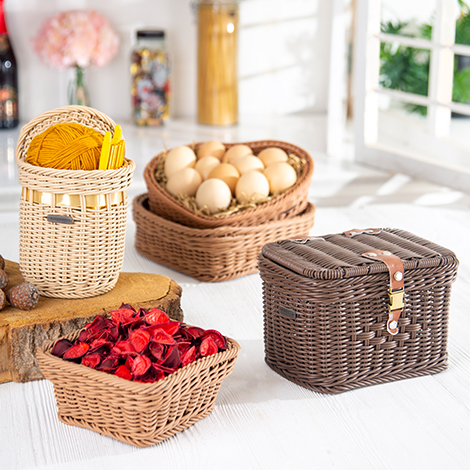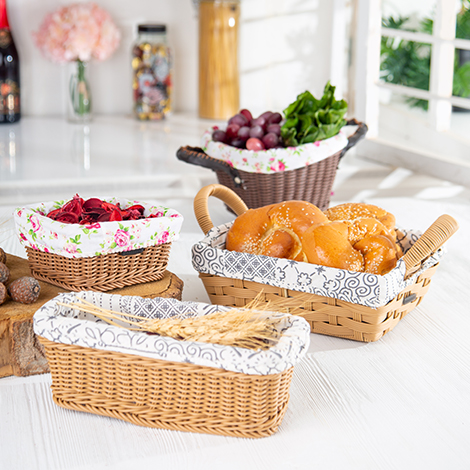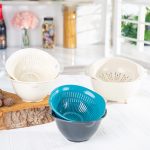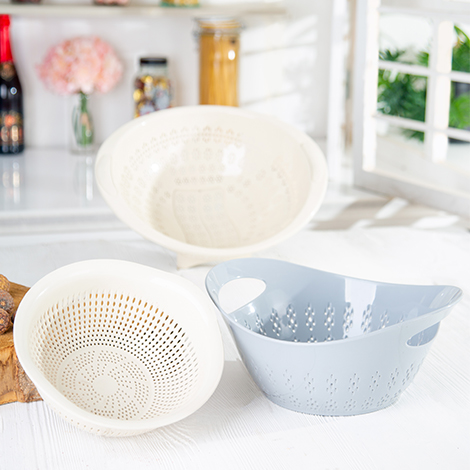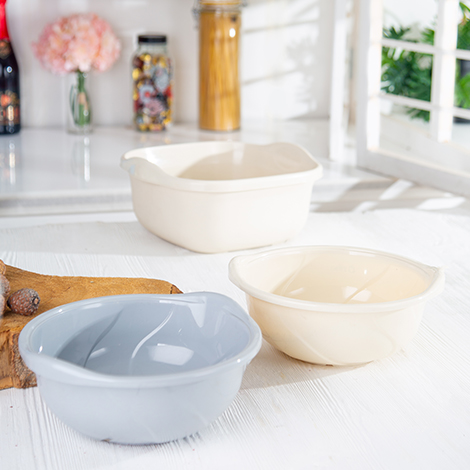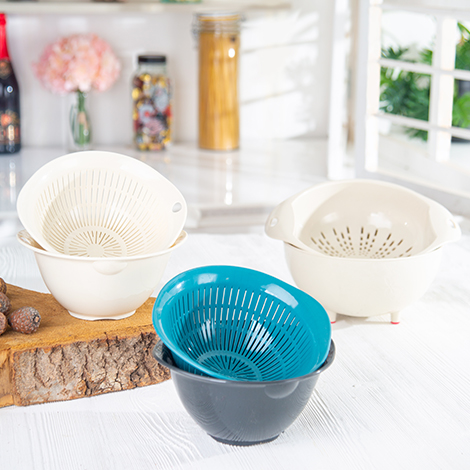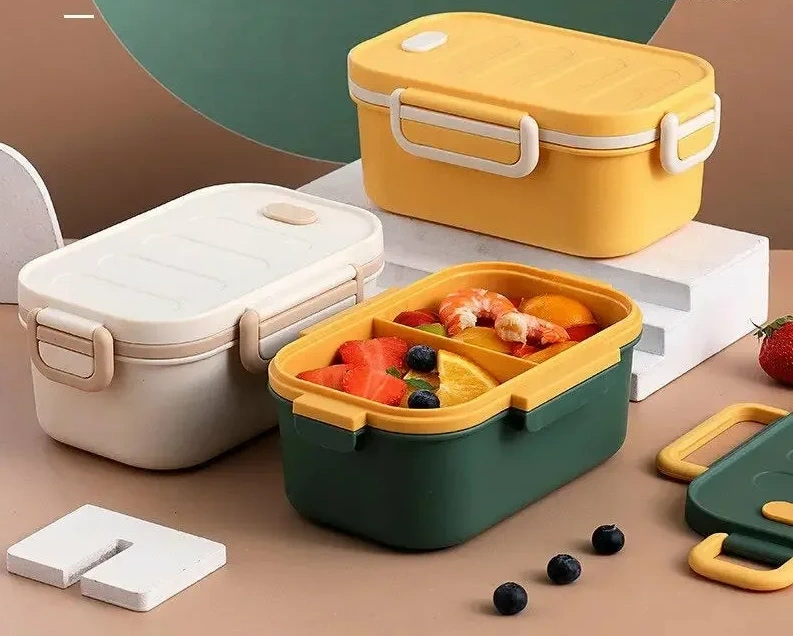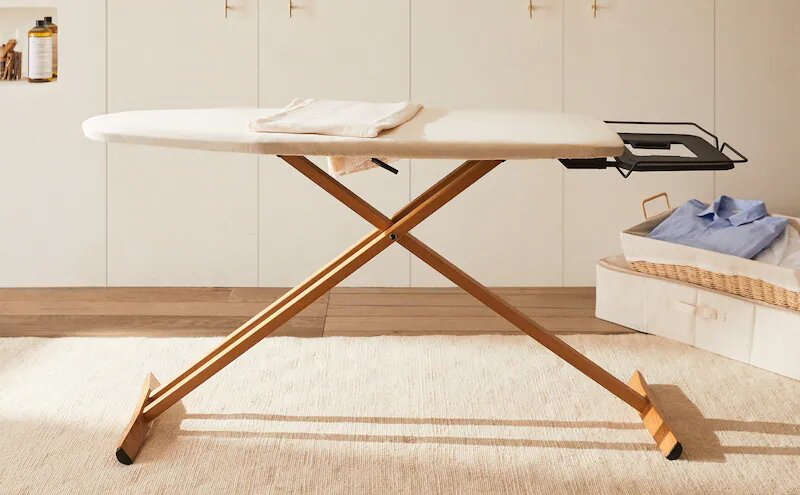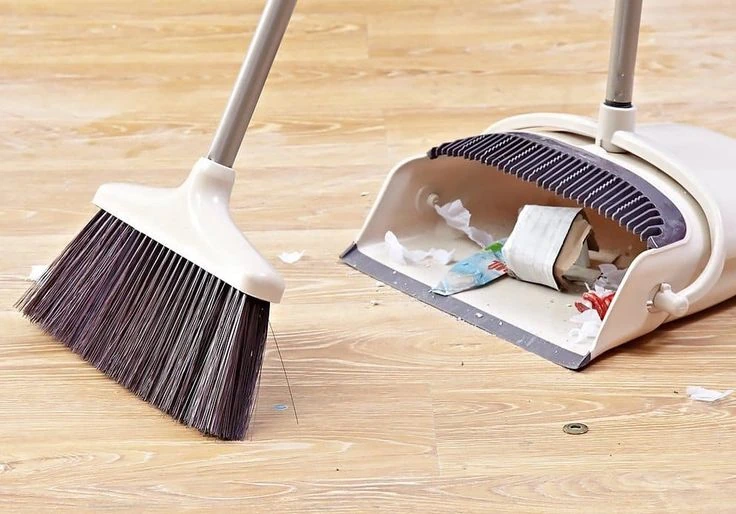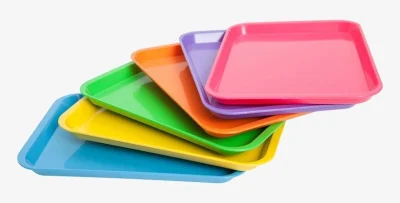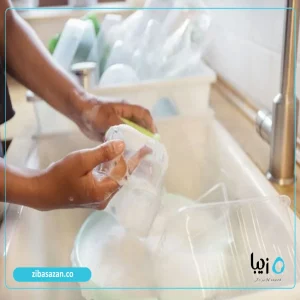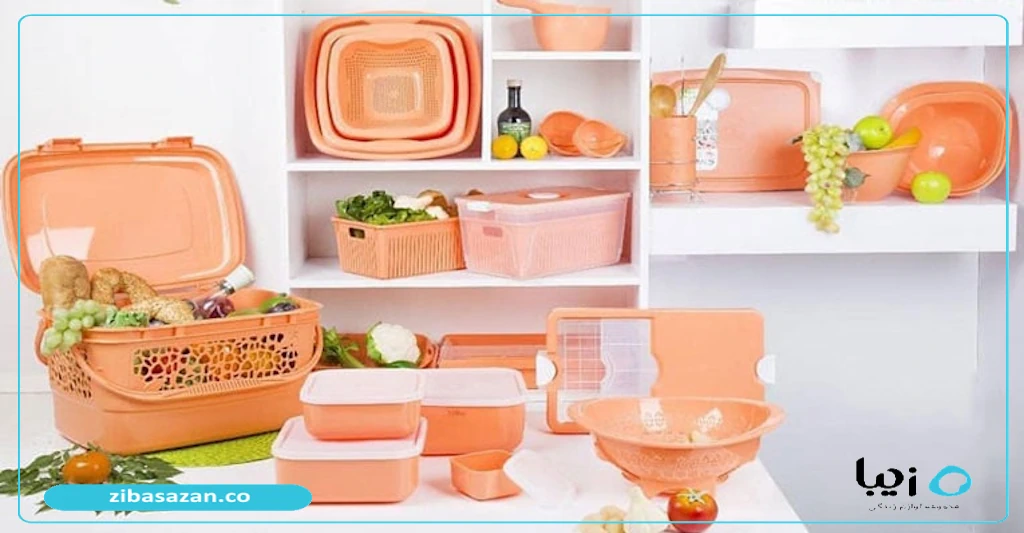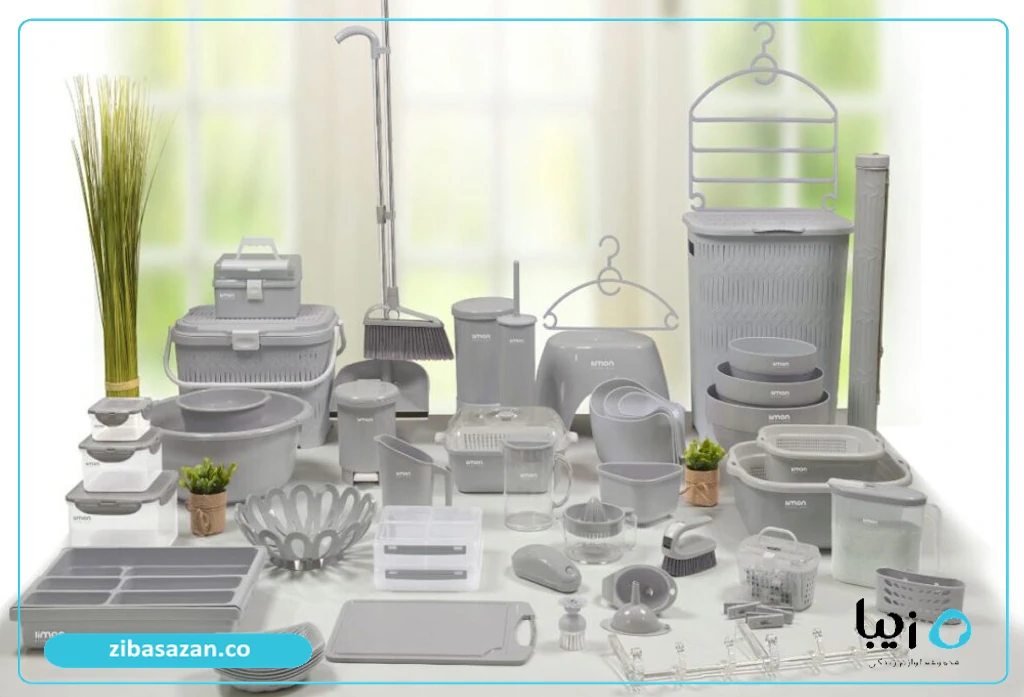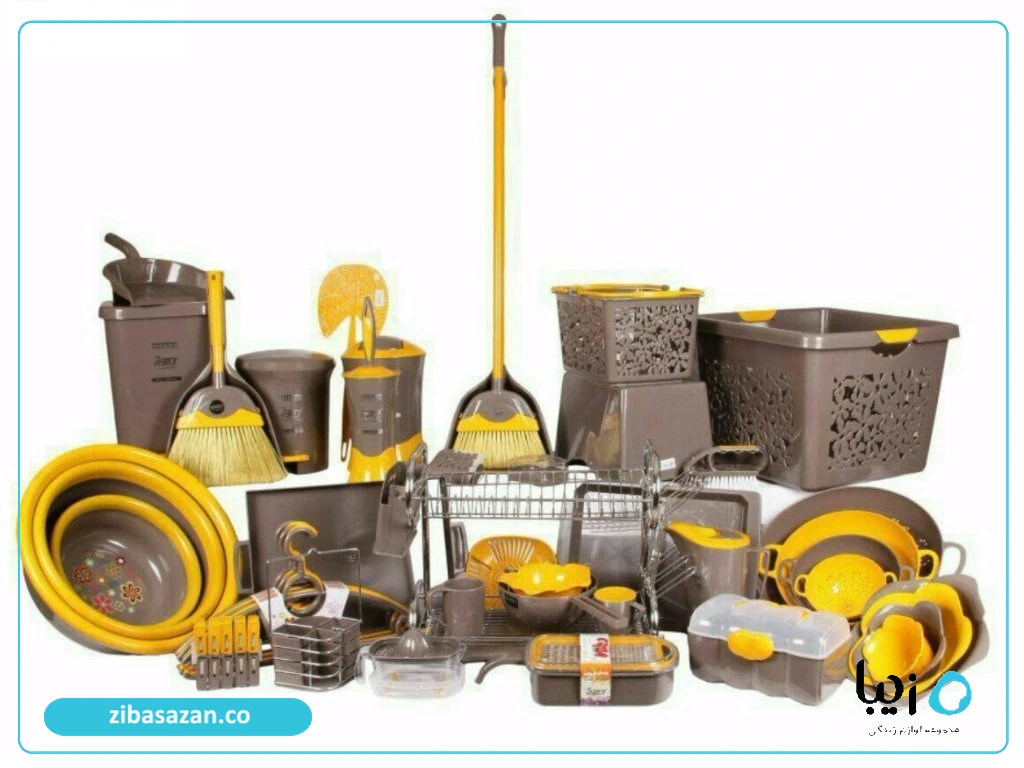In this article, we’ll share helpful tips on how to properly care for your plastic kitchenware set. With their wide variety of colors and designs, lightweight nature, and affordability, plastic sets have become an essential part of bridal dowries and modern kitchens. But have you ever wondered how you can extend the life of these practical items and enjoy their beauty and functionality for years?
Proper care not only helps maintain the appearance of your plastic kitchenware but also plays a crucial role in hygiene. In this guide, we’ll walk you through seven simple but effective tips that will help you keep your plastic set looking like new and performing well for a long time.
If you’re looking to learn how to properly maintain your plastic kitchenware, stay with us until the end.
فهرست مطالب
- 1 Why Is It Important to Care for Plastic Kitchenware?
- 2 Frequently Asked Questions
- 3 The Lever Jerrycan Spigot Under the Microscope: Durability, Quality, and Real-World Application
- 4 Plain or Patterned Plastic Sets; Which is Better for a Trousseau?
- 5 How to choose a high-quality and economical traditional dowry plastic set?
- 6 Bride's Economical Dowry Plastic Set Shopping Checklist: Essential and Practical Items
- 7 The Transparent Pantry Jar: A Modern Must-Have for a Neat and Stylish Kitchen
Why Is It Important to Care for Plastic Kitchenware?
While plastic kitchenware offers many benefits, it’s also sensitive to factors like heat, harsh chemicals, and scratches. Proper care is essential for several reasons:
- Increases lifespan: Good maintenance significantly extends the life of your kitchenware, saving you from constantly buying new sets.
- Ensures hygiene: Damaged plastic can harbor bacteria and harmful substances that may affect your health.
- Keeps your kitchen beautiful: Well-maintained plasticware adds to the cleanliness and organization of your kitchen.
1. Wash with Gentle Detergents
The first and most important step is gentle cleaning. Always use mild dish soap. Harsh or acidic cleaners can damage the surface, cause discoloration, scratches, or even warping.
Best Cleaning Method
Use regular dish soap and a soft sponge. Avoid steel wool or abrasive scrubbers, as they can cause permanent damage. Also, stay away from strong bleach and chemical-based cleaners.
Water Temperature Matters
Wash plasticware with lukewarm water. Hot water may deform certain types of plastic. If using a dishwasher, check the temperature settings—use lower heat for plastic items.
2. Avoid Direct Heat
Heat is one of plastic’s biggest enemies. Placing plastic items over a flame, in the oven, or in the microwave (unless microwave-safe) can cause melting, warping, or the release of harmful chemicals.
No Direct Flame
Never place plastic dishes directly over a stove flame—even indirect heat can gradually damage them.
Microwave Caution
Only microwave plastic containers labeled as microwave-safe. Even then, avoid using high heat or long durations. For best results, transfer food to glass or ceramic containers.
Keep Away from Heat Sources
Don’t leave plastic items near hot stovetops, radiators, or under direct sunlight. These conditions can cause softening or discoloration.
3. Dry Properly After Washing
Drying plastic dishes properly is just as important as washing. Leftover moisture can cause water stains and promote bacterial or mold growth.
4. Use Them Correctly
How you use plastic containers affects how long they last. Avoid placing extremely hot food directly into plastic. Let it cool slightly before transferring.
Avoid Stain-Causing Foods
Strongly colored ingredients like tomato paste, turmeric, and certain spices can stain plastic permanently. Use glass or ceramic containers for these foods, or wash plastic immediately after use.
5. Protect from Impact and Pressure
Plasticware is prone to cracking under heavy weight or impact. Don’t drop them or stack heavy items on top—they can break or lose their shape.
6. Store in a Cool, Dry Place
Storage conditions matter. Keep plasticware in dry, cool cabinets or drawers, away from direct sunlight. Prolonged exposure to sunlight can cause brittleness and fading.
Organize by Type
Separate your plastic containers by type—food storage vs. serving bowls, for example. This reduces wear and prevents scratches.
7. Prevent Staining
Some foods can leave stubborn stains on plastic. To prevent this:
- Apply oil: Before storing colorful foods, apply a thin layer of vegetable oil inside the container.
- Wash immediately: Don’t let stains set in. Clean plastic items as soon as possible after use.
- Use baking soda: For stubborn stains, make a paste of baking soda and water. Apply it to the stain, let sit for a few minutes, and scrub gently with a soft sponge.
Regular Inspections
Check your plasticware often. Look for cracks, deep scratches, or discoloration. Damaged containers can harbor bacteria and should be replaced.
Signs of Wear
Be aware of cloudiness, brittleness, warping, or unpleasant odors—these are signs that it’s time to replace the item.
Timely Replacement
Don’t continue using worn-out plasticware. Replacing damaged containers ensures hygiene and keeps your kitchen safe.
Caring for your bridal plastic kitchenware set doesn’t have to be hard. By following these simple, practical tips, you can greatly extend the lifespan of your dishes and continue enjoying their benefits for many years. Remember, small details make a big difference when it comes to maintaining quality and durability.
Frequently Asked Questions
Can plastic kitchenware be washed in the dishwasher?
Yes, many plastic items are dishwasher-safe. Always check the label on the bottom for dishwasher compatibility.
How can I remove bad odors from plastic containers?
Try adding baking soda to the container and closing the lid for a few hours. You can also use diluted white vinegar—fill the container and let it sit, then rinse well. Sunlight can also help eliminate odors.
Is it safe to store hot food in plastic containers?
Avoid placing very hot food in plastic containers unless they’re specifically labeled as heat-resistant. Allow food to cool slightly first.

